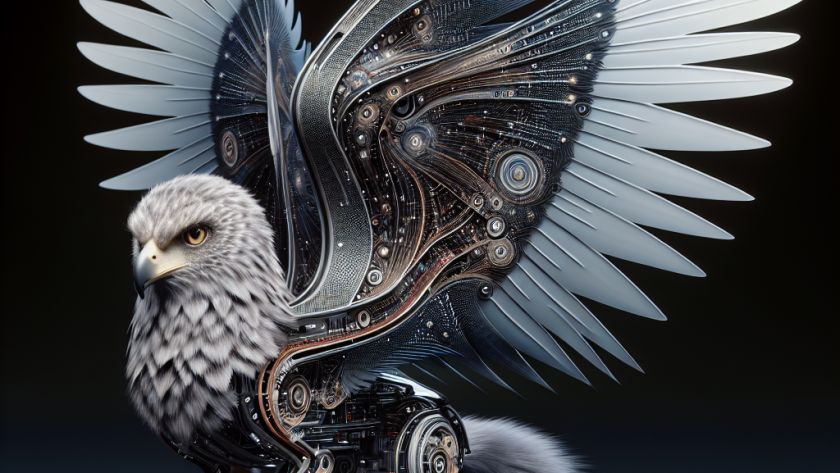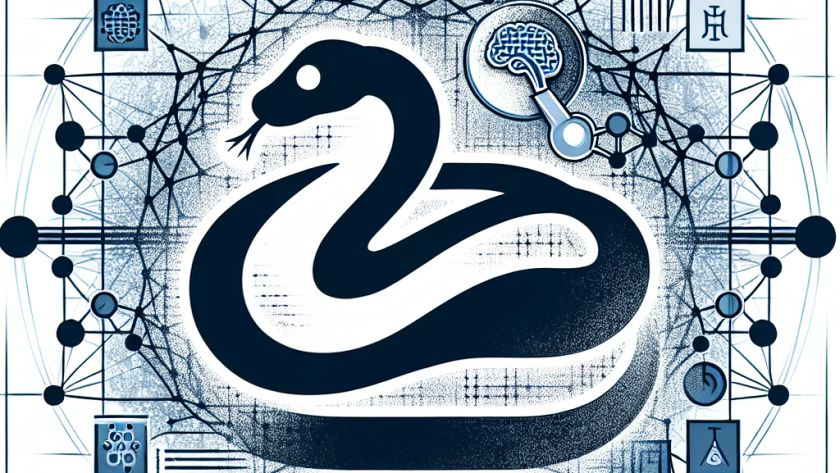NVIDIA is pushing boundaries in the world of AI and high-performance computing (HPC) with the launch of its Blackwell platform. Named after renowned mathematician, David Harold Blackwell, the platform introduces two innovative Graphics Processing Units (GPUs) – the B100 and the B200 – which promise to shake up AI and HPC with groundbreaking advancements.
The B100…












